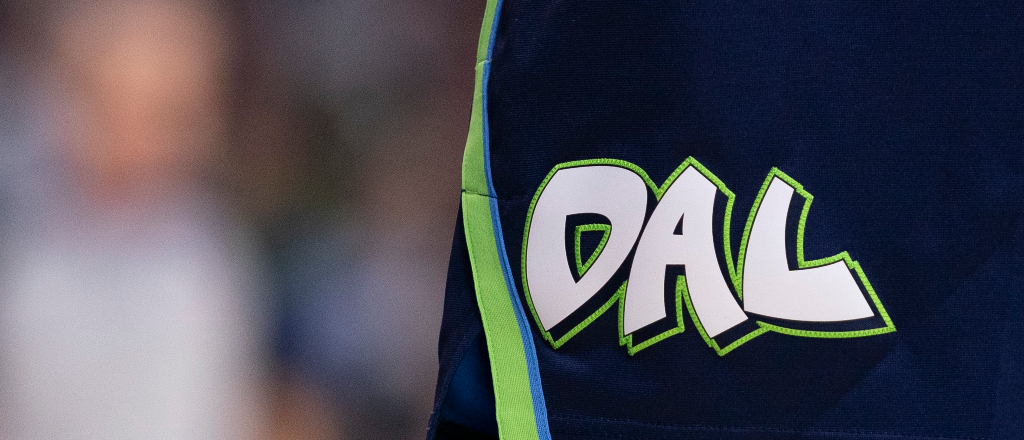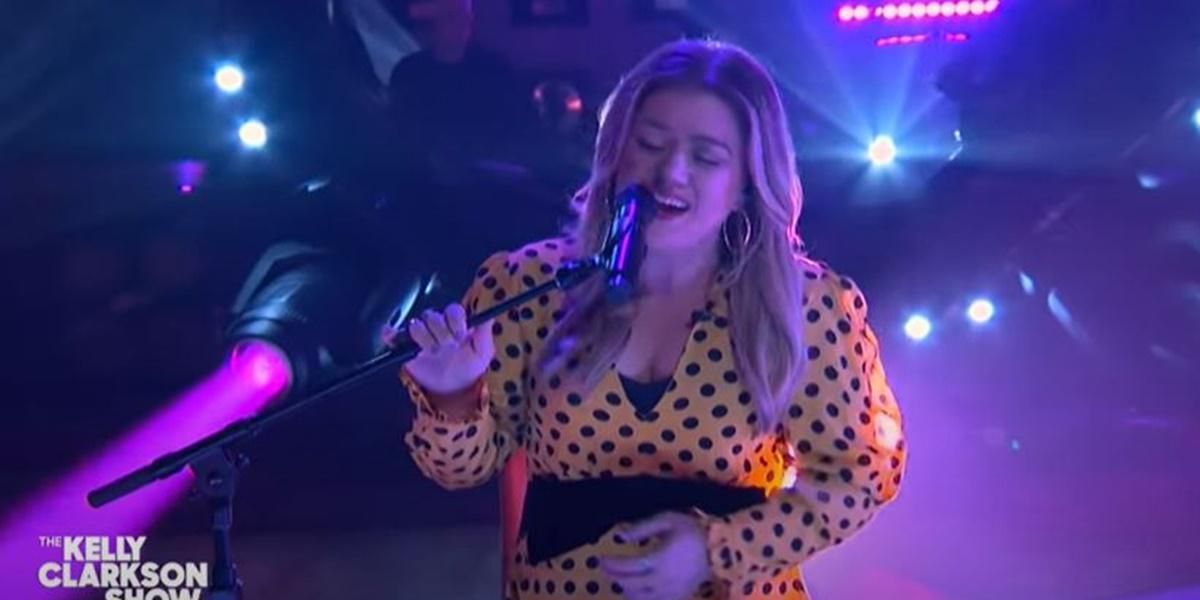
Quaking vibrato, improvisational lyricism, grandiose gestures, punctuating ad-libs, hooping, hollering, calling back and forth to the crowd, and running around the stage dripping in sweat, as if you’re leading the audience in some sacred ritual. If you had to ask me what I consider a quintessential rock performance, I’d rattle off the list above.
I’ve felt magnetized to the freedom and expression of rock and roll for as long as I can remember. Even when my fellow Black classmates warned me it was “white music” or when I seemed to be one of the few non-white people in the crowd, there was something that reminded me of myself, a dull whisper under the humming of the guitars calling me home. It wasn’t until halfway through Maureen Mahon’s book Black Diamond Queens: African American Women and Rock and Roll that I completely understood why.
Named after a line in a Betty Davis track, the book examines how gender, race, and genre play into the stories and careers of Black women who were inextricable and essential to rock and roll music but whose impact is either tragically underreported or unacknowledged. The book also clarified something I had never noticed about my connection to rock and roll: how much it was rooted in my upbringing as a Baptist minster’s daughter. I had previously realized my upbringing was what drew me to the live performance of music. However, I did not realize that the sonics and performance of gospel music were at the very root of rock and roll, and more than likely the reason that drew me to the genre in the first place
“It’s a great example because the gospel sound, particularly in vocals, is so crucial to the vocal sound of rock and roll,” Mahon grins over Zoom. “Not just literally through the vocal sound of African-American women who were background vocalists in the late sixties and early seventies, although that’s maybe the most obvious version of it. Historically gospel music and secular Black music are very closely intertwined. They’re borrowing from each other and building on each other. If you listen to rhythm and blues from the 1950s, they’re doing gospel quartet sounds. The girl group sound of the 1960s is coming out of that tradition as well. It’s very closely aligned with the history of African-American music. Why we don’t pay attention to it is another question.”
Mahon’s history of African American women in rock and roll between the 1950s and 1980s shifts trailblazing artists like LaVern Baker, the Shirelles, Labelle, Betty Davis, and Tina Turner back to the center of the conversation. Each chapter attempts to answer a singular question: Why are so many of these stories not shared in rock and roll histories? Mahon, who also serves as New York University Associate Professor of Music, notes that there are many different reasons for that.
“After the arrival of The Beatles in the 1960s, the British invasion starts in 1964, the whitening of rock really starts to happen at an accelerated pace,” she explains. “You had white artists performing rock and roll in the 1950s, people like Elvis Presley, Buddy Holly, and Carl Perkins, and they would have all acknowledged they were drawing on Black musical traditions.”
Mahon shares a quote from Presley in her chapter on the raucous rhythm and blues singer Big Mama Thornton.
“The colored folks have been singing it and playing it just like I’m doin’ now man for more years than I know,” Presley remarks. But, as we all know, the original version of “Hound Dog” performed by Big Mama Thornton is rarely referenced in pop culture canon outside of being the precursor of Presley’s hit.
As Mahon explains, America wanted to hear Black music. They just didn’t want to hear it from Black people.
“Because of the way we understand race in the United States,” she says, “It’s this binary understanding that if something is Black, that means it’s not white and if something is white, that means it’s not Black. So if you have a musical form like rock and roll, which is actually a very mixed miscegenation form, we can’t understand that complexity according to the racial narratives that we grow up with and that we internalize. So if we see a predominance of white people, you know, in the crowd and onstage, we say that’s a white form, and we’re going to stay over here with this other form, which is a Black form, predominantly African-American performers, predominantly African-American audiences. I think that’s why the connections get lost.”
That issue of connection proved fatal for the careers of Black women whose sounds fell “betwixt and between” the genre’s of pop and R&B. And, as Mahon shares, for marketing and societal reasons, rock and roll was a scene that “relied on Black sound but seemed resistant to the presence of Black people.” Or, as rocker Betty Davis put it a more roughly but no less eloquently, “One thing I found out about this business, they have to be able to categorize you, if they can’t bag you, you’re f*cked.”
In the chapter “Navigating Brown Sugar,” Mahon shares the stories of three paramours of rock’s heyday: Devon Wilson, Marsha Hunt, and Claudia Lennear. We could blame record labels excluding Black artists from the rock genre on marketing, a casualty of categorization, but why were these women’s stories not more prominent in rock folklore?
“You can say they were there. Jimi Hendrix was there, but you know, Jimi Hendrix wasn’t really, he wasn’t like a Black guy,” she continues, impersonating what I assume could be a white male rock historian. “‘He was just like this really amazing guitarist. And that’s what I want to talk about when I talk about Jimi Hendrix.’ And so you erase the racial identities, which were important to the people. They were quite aware of their Blackness. They also enjoy being in this alternative space. It was a refusal of these mainstream norms they just thought were stupid and constricting, but it didn’t mean they somehow left their race behind. It’s a really interesting kind of erasure that happens with those women.”
Like many Black contributors to the early rock scene, these women seemed to fall prey to that oft-heard refrain of “I don’t see color,” a clumsy attempt at inclusion and a disservice ultimately leading to erasure.
“If you keep extracting the people who are involved from Blackness,” Mahon notes, “It makes it really hard to recognize that Black people are involved in this music. You keep pushing them into this other category and ignoring both the history of the Black roots of the music, but also the reality that there are Black people involved.”
The last chapter of the book highlights the incomparable Tina Turner, the first Black woman to claim the (well-earned) title of stadium rockstar and answer to the moniker “Queen of Rock and Roll.” In the chapter, Mahon shares an excerpt of a Rolling Stone review written by Dave Marsh. In response to Turner performing songs by Led Zeppelin and The Rolling Stones, Marsh laments, “This once-great singer pushing herself through a series of songs without desire or understanding” and concludes, with his preference for her to work within “an idiom [she] comprehends.”
But Turner was acutely aware of what she was doing, simply covering the artists who were covering her, if indirectly. As she shares in her memoir I, Tina. “It wasn’t like we planned it — ’Now we’re gonna start doing white rock ‘n’ roll songs.’ But those groups were interpreting Black music, to begin with.”
The majority of the book’s stories don’t end like Turners with accolades, Rock and Roll Hall of Fame inductions, and Grammys. Mahon quotes a moment from Big Mama Thornton’s funeral in the epilogue where the minister preaches, “Don’t feel sorry for Big Mama. There’s no more illness. No more pain. No more suffering in a society where the color of skin was more important than the quality of your talent.”
Other heartbreaking moments in the book come by way of women like Lavern Baker. When she played passionate early rock performances in the segregated South, the audience would have “music tantrums” breaking the ropes separating them, coming together in a way she referred to as “gorgeous” despite white southerners’ condemnation of the temporary desegregation. Baker believed her music would speak for itself, so she didn’t rely on memoir or interviews to document her impact. However, as Mahon notes, “The fact that she was an African American woman worked against that contribution being fully acknowledged in histories of a genre that had developed a profile as the purview of white men.”
As I read each page of Black Diamond Queens, learning about the Black women who contributed to not only the sound but the ethos of rock and roll, I felt like I was also learning about myself. In the end, the stories felt less like a permission slip to feel at home in a genre I most resonate with, but a reminder that, like these women, I should never feel the need to ask for permission at all.

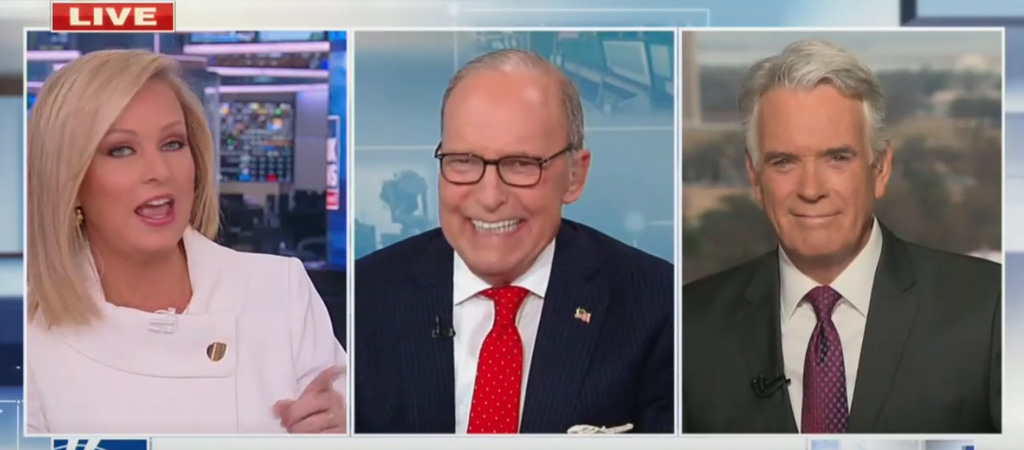
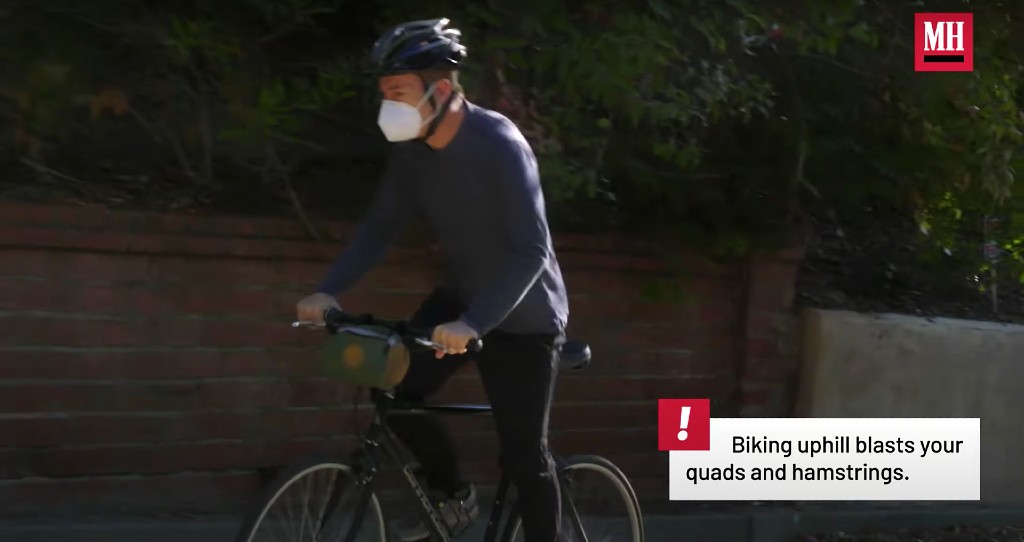
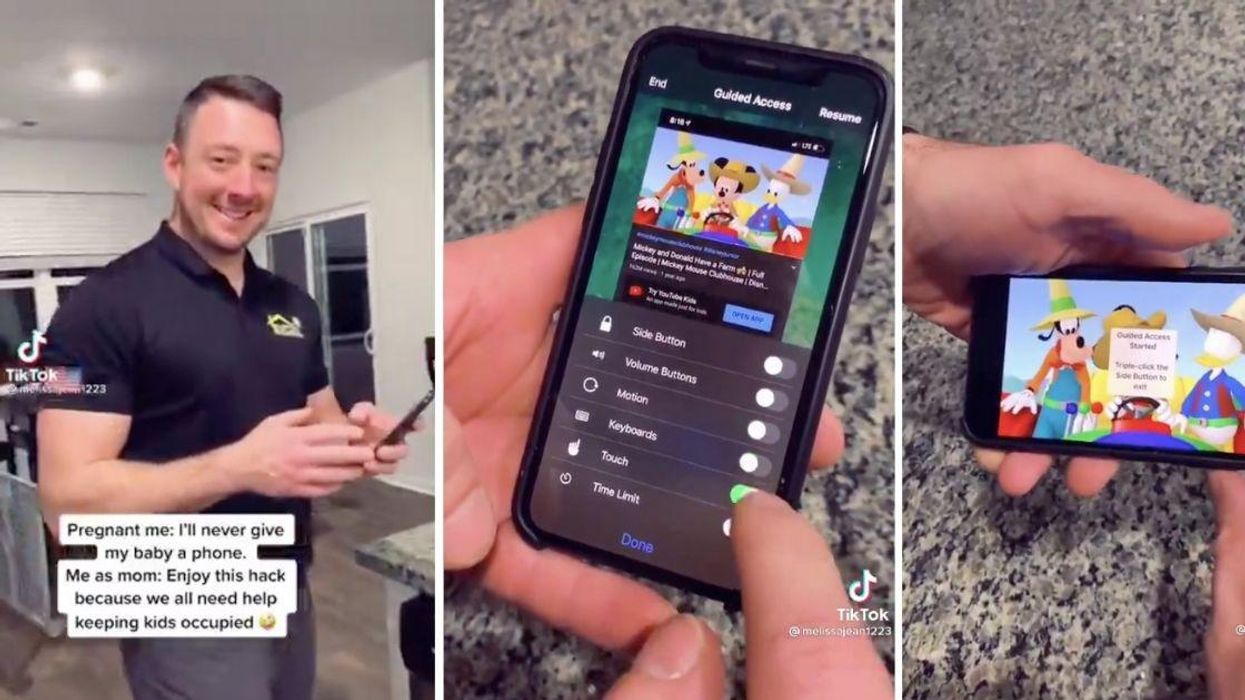
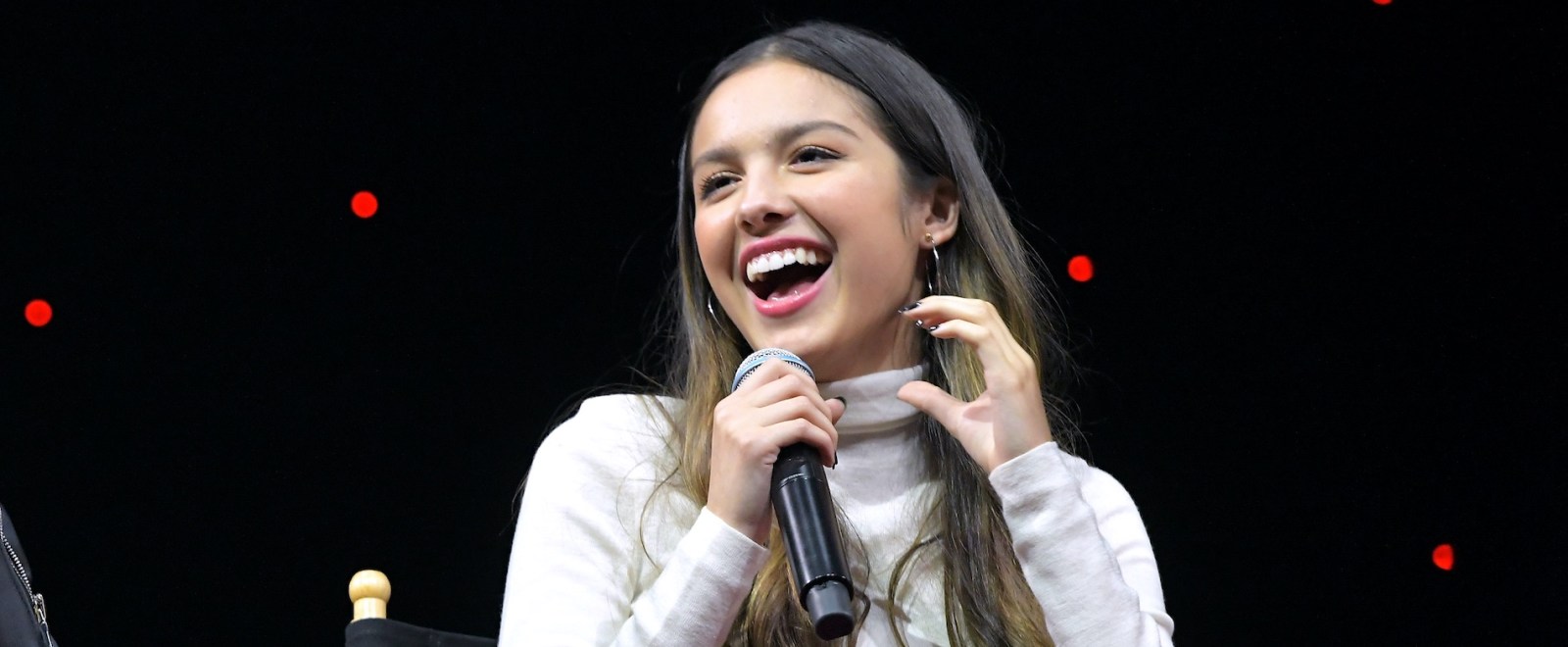
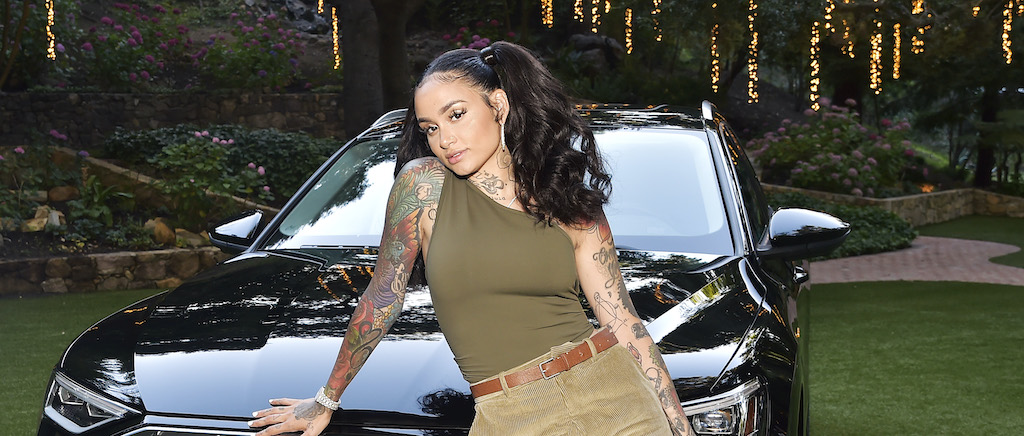




 Read her 20Q, by
Read her 20Q, by 